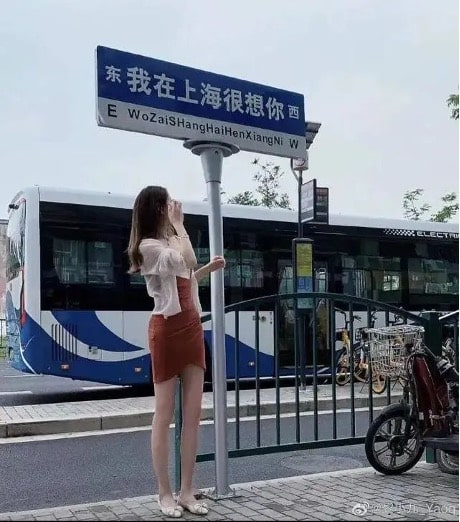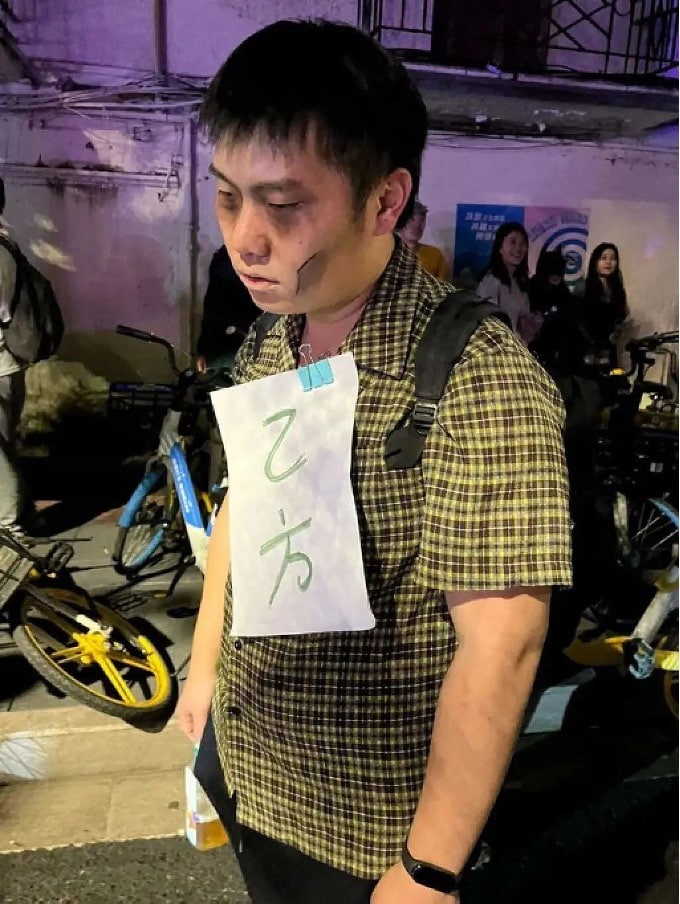As thousands of bodies are blown apart in Gaza and children starve to death in the city’s rubble-strewn streets, numerous groups are exploiting this suffering in order to advance oppressive agendas such as anti-semitism and Islamophobia. One group, in particular, is doing this in a way that not only dishonours the victims of genocide, but also undermines international solidarity and impairs the Left’s ability to respond to future atrocities.
I’m referring here to what Sri Lankan unionist and writer Rohini Hensman calls ‘pseudo-anti-imperialists’. Whilst presenting themselves as Leftists, they oppose some forms of imperialism while supporting others. Specifically, they oppose the imperialism of the USA and its allies, and in order to hasten the empire’s downfall, they support the imperialism of the USA’s primary adversaries: Russia, China, and Iran. Every opinion that pseudo-anti-imperialists hold, every reaction they have to international events, every movement they build and participate in is subordinated to a nuance-free friend-enemy distinction that splits along clear nation-state lines.
In pursuing their realpolitik project of undermining US empire, pseudo-anti-imperialists do not interpret atrocities in terms of suffering or uprisings in terms of liberation. Such events are instead sorted into worthy or unworthy, authentic or fake, in terms of their perceived alignment with US interests. In Syria and Ukraine they side with Russia, and in Xinjiang and Hong Kong they side with China. Regardless of how many people get killed, imprisoned, tortured, or herded into concentration camps, the only thing that matters is opposing the US.
In consistently repeating the same message with every new wave of protest and each new mass atrocity, pseudo-anti-imperialists are like the proverbial stopped clock that tells the right time twice a day. Every so often, they incidentally extend support for the victims of state violence; not out of empathy, or principled solidarity, but simply because supporting those victims advances their agenda.
Watching the genocide in Gaza unfold on social media across the last five months has been like watching a thousand stopped clocks chiming in unison. As major media outlets around the world abandoned their ethics and obligations in order to equivocate about genocide and investigate the ethical complexities of bombing hospitals, these stopped clocks have suddenly become lodestars of public opinion and morality.
Why is this a problem?
If I was in Gaza now, if I was starving, or raising money to escape across the border, or searching for lost family members, or stumbling from one bombed-out refugee camp to another, I would not care who was bringing attention to my plight. So why does it matter who is promoting the Palestinian cause?
It’s a problem because the victims of the next mass atrocity will care when these stopped clocks chime denial and cast the dying as unworthy victims. The people who join the next wave of protests against authoritarianism will care when these stopped clocks decry their movement as a CIA op and rally people to oppose them and undermine their cause.
Herein lies the problem of these pseudo-anti-imperialist stopped clocks: the solidarity that they build now by defending the Palestinian people will be extracted and later used as a weapon against other victims engaged in struggle with oppression elsewhere.
I have seen the consequences of this firsthand, when I was living on the northern Tibetan Plateau in what is today China. When the largest Tibetan protests in modern history broke out in 2008, and later when over 150 people set fire to their own bodies in protest against the government, one of the most precious and desperately-sought resources in this struggle was international solidarity. But rather than supporting Tibetans, pseudo-anti-imperialists decried their struggle as a ‘color revolution’ sponsored by the CIA, leaving many Tibetans feeling a profound sense of betrayal, and also placing some at risk of real harm. From Bosnia to Syria, Hong Kong, Iran, and Xinjiang, this experience has been repeated across decades, with victims of state violence and people struggling for liberation being abandoned by pseudo-anti-imperialists and deprived of the solidarity they need to advance their causes and protect them from further violence.
Like these people, Palestinians need all the solidarity they can get right now. But so will the people engaged in the next struggle against state violence, and the next one, and in every struggle still to come. Therefore, we need to work now to build movements that will consistently support diverse struggles against oppression around the world. Doing so requires us to identify and confront pseudo-anti-imperialists, preventing them from turning our solidarity into a weapon against the weak and vulnerable in the next struggle. How can we do that?
The more amateurish pseudo-anti-imperialists can be easily spotted from the hammer and sickle icons in their social media handles, or by the presence of a mango emoji or the ‘anti-imperialist’ moniker in their bio. The larger, more influential pseudo-anti-imperialists tend to eschew such clear signaling, preferring to describe themselves as ‘rogue journalists,’ ‘truth tellers’ or some other label that makes them sound like a QAnon prophet that accidentally wandered away from Gab. More troubling still are the institutions that peddle pseudo-anti-imperialism under the name of feminism, progressivism, peace, or generic Leftism.
Because pseudo-anti-imperialists successfully veil their politics in Leftist garb in order to parasitize our internationalism and weaponize our solidarity, we also need to turn to their rhetoric and track record to successfully identify them.
One tell in their texts is a preference for clarity over insight. Because they roam from one conflict to another, pseudo-anti-imperialists almost always lack the skills (such as knowledge of relevant languages) or contextual background to help us understand what is happening and why. So instead of providing information, they restate things we already know, but with additional moral force, sometimes aided by extra punctuation. Genocide is wrong. They. Tortured. UN. Staff. When you read viral posts about Gaza, ask yourself whether they provide new information or merely affirm existing sentiment; if the latter, then you may be reading the work of a pseudo-anti-imperialist.
We can also look to a commentator’s track record of commentary to identify pseudo-anti-imperialists. Xinjiang and Hong Kong provide two useful litmus tests, as does Ukraine. Pseudo-anti-imperialists have consistently taken the side of the aggressor and oppressor in each of these situations, and their feeds are full of snarling cynicism that casts human suffering as simply artificial media opportunities that generate consent for US aggression.
If their loud denialism in these contexts gives away pseudo-anti-imperialists, so too does their consistent silence about events which they cannot parse in terms of US interests, or which simply do not generate enough public attention for them to parasitize. When ISIS carried out a genocide against the Yazidi people, killing around 5,000 people and displacing many thousands more, pseudo-anti-imperialists said nothing. During the Rohingya genocide that displaced three quarters of a million people and killed tens of thousands from 2016 onwards, pseudo-anti-imperialists said nothing. When the Indonesian state engaged in disproportionate retaliation against Papuan militants in 2018, killing dozens and driving thousands into camps, pseudo-anti-imperialists said nothing. And from 2020 to 2022, when thousands of people were being bombed, shot, starved, or displaced and rounded up into camps in Tigray, pseudo-anti-imperialists said nothing.
This sort of track record of repeated denial and silence not only helps us identify pseudo-anti-imperialists, it also shows us that they simply cannot be trusted to consistently stand up for and defend victims of state violence. Their project is not based on a principled commitment to liberation. They are not comrades or allies, they are reactionaries who defend authoritarian states and aim to generate impunity for their violence. Pseudo-anti-imperialists should not be included in any internationalist Left efforts to resist imperialism and domination.
As the genocide in Gaza grinds on, instead of helping these bad-faith commentators build their fanbase by exploiting human suffering, we should work to undermine their power, and raise up the voices of Palestinians and anti-genocide Israelis. We can rely on such people for real insights into what is happening in Gaza. And just as importantly, we can also rely on them for real solidarity in the future, when inevitably, the next genocide begins unfurling, or when people once again rise up against oppression to demand their freedom. Because chances are, when this happens again, the pseudo-anti-imperialist stopped clocks will be chiming to drown out the cries of the afflicted.
Gerald Roche is Associate Professor of Politics at La Trobe University








